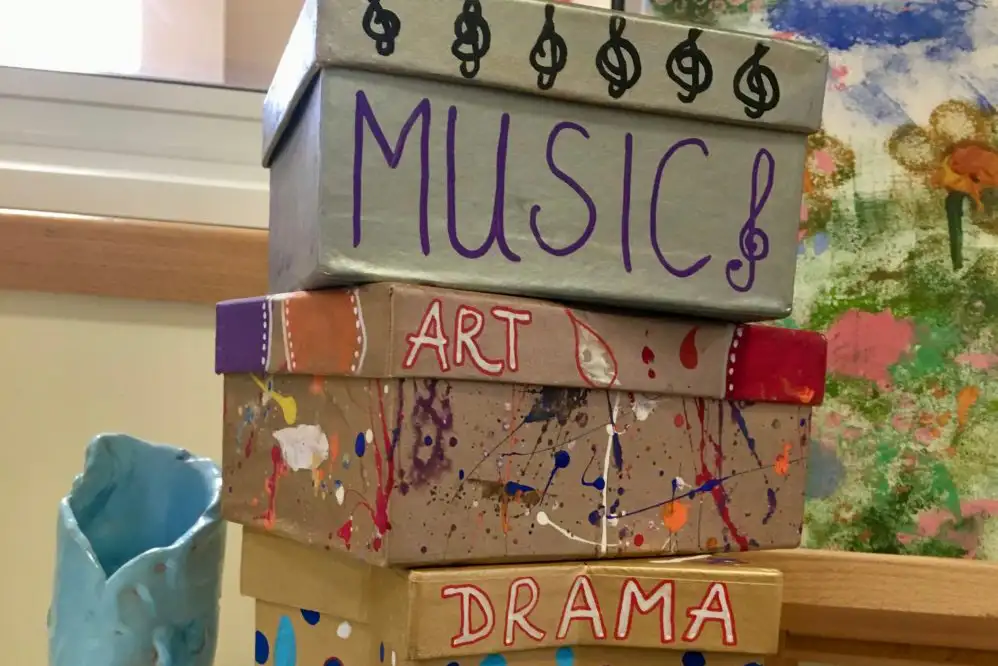It’s difficult to turn on the news at the moment without hearing stories about the current cost of living crisis. But while the crisis is affecting individual consumers, it is also having a huge impact on public services – particularly schools.
Schools are in the midst of their most severe funding challenge in a generation. There is already clear evidence that this will have some impact on their provision of arts education in schools. However, there are some green shoots of hope that can provide some steer to cultural learning organisations for working effectively with schools during this difficult period.
What is happening to school funding?
Schools are currently in the centre of a vice, having their funding squeezed from two sides –
- On one side, schools have seen their energy bills soar in the last six months. For some schools, this has meant their energy bills doubling or tripling in a short period of time. While the government introduced a six month freeze on energy prices for schools in September, this does not help schools to pay for the increases to bills that had already happened before September
- On the other side, schools have a statutory requirement to increase teacher pay by 5% and support staff pay by 8%. While this is broadly a good thing, the Department for Education has been clear that there will be no extra funding to pay for these salary increases and schools will need to find the cash from existing budgets. The consequence is a major increase in schools’ staff spending for the current academic year
The consequence of this funding squeeze from two sides is that primary schools are looking at their operating budgets falling by, on average, £40,000 a year, while secondary schools are looking at shortfalls of around £210,000 a year. This will affect some schools much more severely than others, but financial challenges of some form are expected for most state-funded schools.
What is the government doing about school funding?
The government has announced an additional £2.3 billion per year of core funding for schools for the next two years. While this represents a welcome 4% increase in funding for schools, this is still well below current rates of inflation (11% at the time of writing). As such, this extra cash will still leave most schools in a situation where they will need to make cuts.
How will this affect cultural learning in schools?
Anecdotally, we know that the arts are often first in line to be cut when schools face financial pressures. However, two recent surveys of school leaders provide robust data to suggest these cuts are forthcoming:
- A survey of 11,000 headteachers and school leaders by the National Association for Headteachers found that 40% of respondents are planning to reduce ‘non-educational support’ in schools, this year. This includes extra-curricular and creative learning bundled into these cuts. Looking to the 2023/24 academic year, 50% of school leaders reported plans to cut teachers and 43% to stop non-classroom interventions. We expect that these forecast cuts will primarily be targeted at staff delivering cultural enrichment in schools
- A smaller survey by TES offers a more detailed picture of how and why schools will likely be cutting the arts. 68% of school leader respondents to the survey said they will be making cuts to their curriculum. Longer form responses show headteachers stating that these cuts will focus on visiting teachers who provide specialist support with music. Similarly, as much cultural learning, especially in primary schools, is delivered by external staff, they are easier for schools to cut. Other heads noted that art and music have a “high resources budget for materials”, making them easy targets for cuts when budgets are tight.
The consequence is schools not spending money on acquiring the right staffing and resources to deliver high-quality cultural learning to young people. The effects of this will be felt worst by pupils from low-income families, who have less scope to pay for access to cultural enrichment opportunities themselves.
What can schools and the sector do?
The CLA is putting together some strategies and guidance for schools and the sector to help them navigate these difficult times and preserve high-quality cultural learning in schools. We have a wealth of evidence about the importance of the arts in young lives If you’re a headteacher or school leader who’s working on prioritising arts in your setting despite funding pressures, please do get in touch to let us know how you’re managing to do this, and what advice you would give to other schools wanting to do the same.




